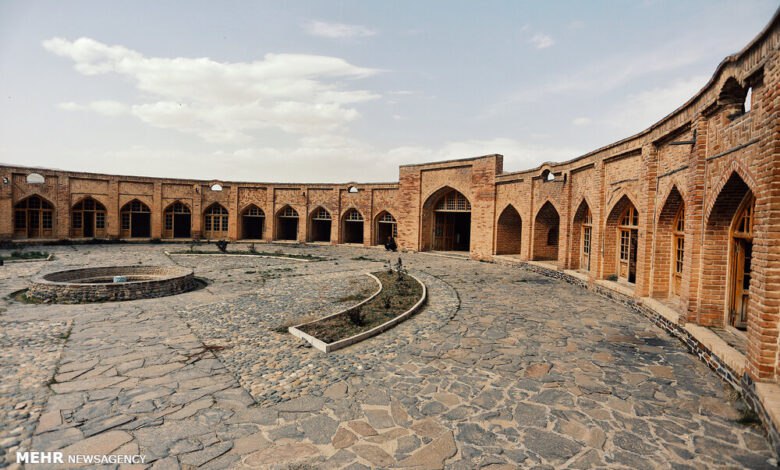Tajawa is a village in Bahar Town, Hamadan Province, Iran. The language of the people of this village is Kurdish and the caravanserai of Shah Abbas Tajawa is one of its tourist attractions.
Hamedan
Hamedan is one of the largest cities in Iran and the center of Hamedan province. The city is located at the foot of the Alwand mountain at an altitude of 1741 meters above sea level. This city is considered to be one of the oldest cities in Iran and the world.
According to historical sources, this city was once the capital of the Medes.
Tajawa village of Hamedan
Tajawa is a village in Bahar Town, Hamedan Province, Iran. According to the 2006 statistics, the population of this village was 1855 people which has increased sharply by now.
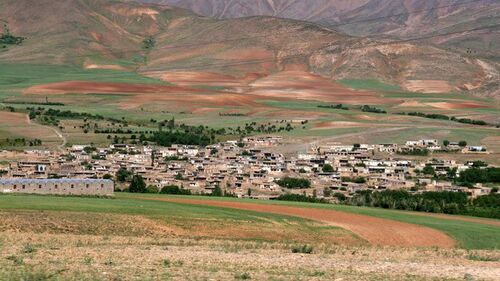
Tajawa village is located in the west of Hamedan province and Bahar city, east of Asadava region, near the Hamadan-Kermashan Road and in the foothills of the mountain. The language of the people of this village is Kurdish and the caravanserai of Shah Abbas Tajawa is one of its tourist attractions.
Several important and special things in Tajawa village have made this village very famous. One of them is that the allies of this village are named after important books of the world in three languages: Kurdish, Persian, and English. Even though this village is located in a generally Persian and Turkish province and despite the dominant culture of these nations in the region, the people of this village are still trying to preserve their culture and mother tongue.
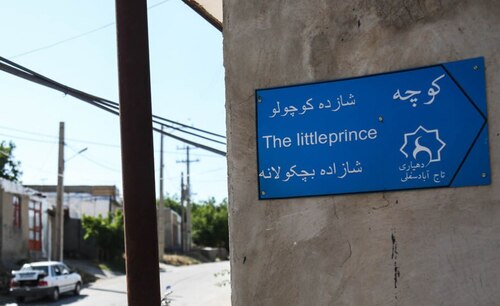
Tajawa also has a library with 6000 books established by a civil organization. These and many other features that we will discuss below have made this village a tourist village.
In the past, Tajawa has been the musical center of the region and has produced many famous musicians and singers. The poems that have survived in Kurdish in the region show the importance of this art there. In the past, Tajawa artists were well-known in most Kurdish areas and participated in most of the ceremonies of the time. The "wedding and grape festival" ceremonies and many other forgotten ceremonies were excuses for the artists of the time to show. Today, unfortunately, Tajawa's music is not remembered!
Most of the people of Tajawa village are engaged in agriculture and livestock breeding. By the 2000s, more than 100 “tawns” (carpets) were active in the village, weaving carpets according to local patterns. Today, however, these 100 tawns have decreased to less than 20 tawns, new carpets are made according to foreign patterns from Tabriz, and local patterns have disappeared. Other artisans in the village have also disappeared and the inhabitants are not doing it anymore.
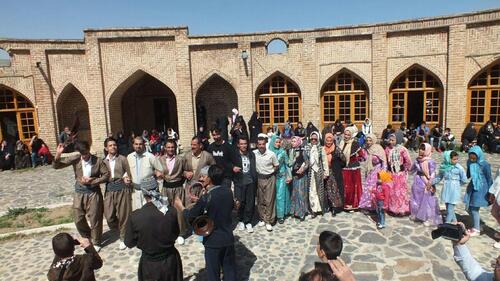
Livestock in Tajawa village, from 2007 to 2009, is rapidly declining to the point where the number of livestock in the village has dropped from 6000 to less than 800. A very small proportion of the inhabitants of this village earn their living through livestock and agriculture. The main crops of this village are wheat and barley. Grapes, peas, almonds, apples, peaches, and lentils are also among the other products.
The people of this Kurdish village, besides livestock and agriculture, for labor and other businesses, like most other Kurdish regions of the East part of Kurdistan, move to other Iranian cities, including big cities such as Tehran and Esfahan.
Tajawa village has another good tourism potential: “Tajawa Caravanserai, one of the most unique circular caravanserais in Kurdistan and Iran”.
Tajawa Caravanserai
The caravanserai was registered as a National Heritage Site of Iran in 1997. Caravanserais have played an important role throughout the history of Kurdistan and Iran. Throughout history, there have been people who have used these caravanserais, for their own survival and their animals – which were then their means of transportation – which were then called "Ribat".
The culture of building caravanserais, before and after Islam, was common in Iran, and after Islam, remarkable caravanserais were built in Iran. Tajawa Caravanserai is one of the most beautiful and unique post-Islamic caravanserais built during the Safavid rule by order of Banu Jahan Qajar, descendants of Fatih Ali Shah and Haji Mirza Ali Naqi Kawsari Hamadani, in Tajawa village of Hamedan.
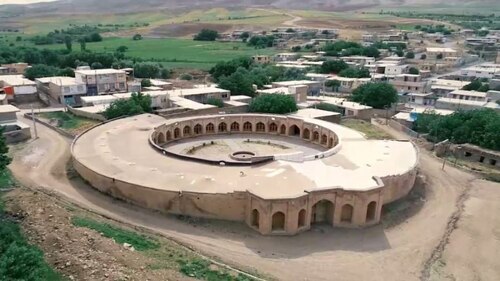
This caravanserai is located in the central part of the village. The Tajawa caravanserai was actually a "rabat" and unlike most Iranian caravanserais that have a "rectangular" map, this one has a "circular" map. This type of map is very unique among Iranian caravanserais and is considered one of the most important caravanserais in western Iran.
The entrance to the building on the east side has a modern appearance and is a way to enter the lower rooms. In front of the caravanserai, there are 26 rooms. The courtyard is also paved with stone and has two wells. The caravanserai was built of red brick and Saroj.
In 2009, the renovation of the Tajawa Caravanserai was ordered. According to the research of the time and the size of this caravanserai, a large budget was needed, but the Iranian government allocated a budget of 70 million Tomans for the restoration of this building! Due to the lack of funding, only portions of the exterior brick structure of this building were restored.

